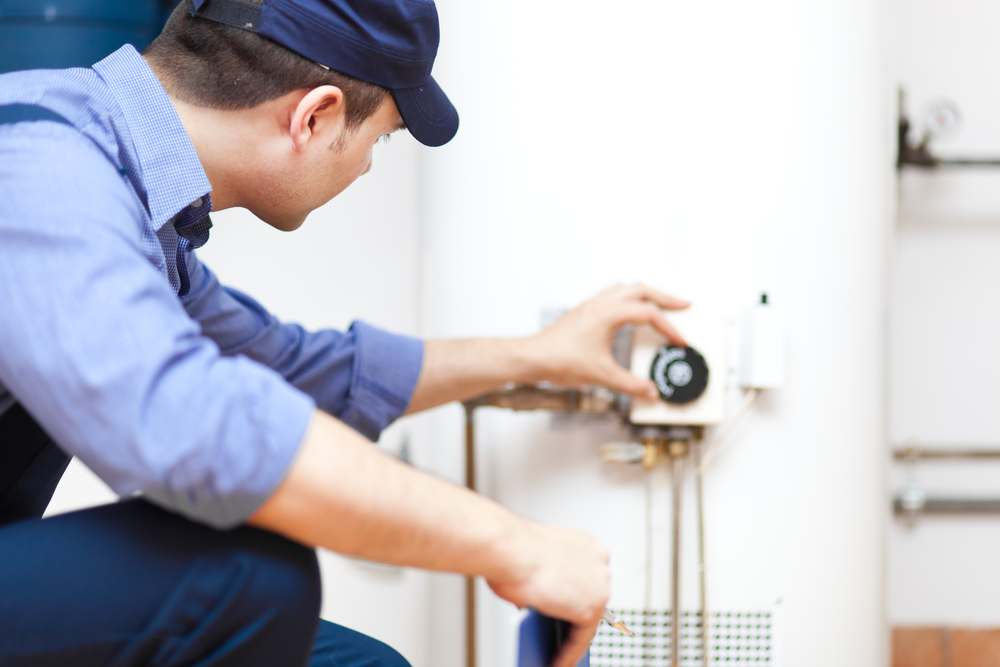Why You Should Service Your Water Heater Before Winter

While Arizona’s temperatures rarely get too cold, it’s always a good idea to have your water heater serviced before winter sets in. There’s nothing more unpleasant than a cold shower on a freezing morning. Preventing mishaps is just a matter of calling your plumber for preventative maintenance or performing a few simple tasks yourself.
Here are some of the key benefits of servicing your water heater before winter and how to do it yourself.
Benefits of servicing your water heater before winter
If you own a traditional water heater, it may be housing more sediment and sand than you realize. As this builds up over time, there’s less room for hot water, which means it will run out faster.
On top of that, there are valves, rods and hoses that can wear out over time. Inspecting and servicing your water heater before a problem arises ensures that you won’t find yourself facing icy water before work in the morning—or finding out that your dishwasher wasn’t able to clean the dishes properly because no hot water was available.
Ways to maintain the water heater in your home
Maintaining your water heater is simple. If you don’t want to perform these tasks yourself, the plumbers at PlumbSmart Plumbing Heating and Air will be happy to help get your water heater ready for winter.
Here’s what to do:
- Check the temperature and pressure relief valve: The temperature and pressure relief valve works to relieve excess heat or pressure to prevent breakage or explosions. Shut off the water and power supply, and place a bucket under the tank. Lift the valve tab to let some water out and close it. If the water keeps running (or doesn’t come out when it’s open), you’ll need to replace the valve.
- Flush the tank: To remove sand and sediment, attach a hose to the drain valve. Run the hose outside or to a floor drain; then shut off the power/gas and water supply. Open the drain valve, and let the tank drain. Repeat until the water runs clear.
- Inspect the anode rod: The anode rod attracts corrosive elements in the tank. Turn off the power and water supply; then unscrew the rod head and check the rod. If it’s less than ½ inch in diameter, it needs to be replaced.
- Adjust the thermostat: Set the thermostat to 120°F or lower. It’ll prevent scalding and reduce your energy costs, too.
- Insulate the tank: Finally, insulate your tank by wrapping it with foil insulating blankets, available at home improvement stores. This will help keep the water warm.
Taking care to maintain your home water heater is a great way to help ensure you have plenty of hot water all winter long—and it might even reduce your energy bills in the process. For help servicing your water heater, or for assistance with any of your other plumbing and HVAC needs, reach out to PlumbSmart Plumbing Heating and Air today to schedule a visit.
